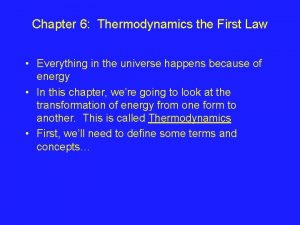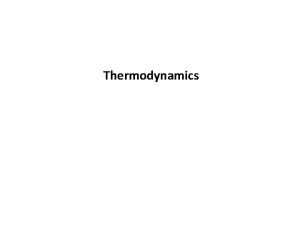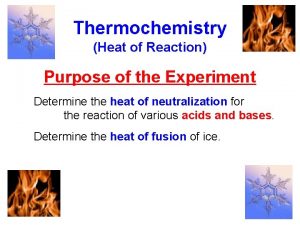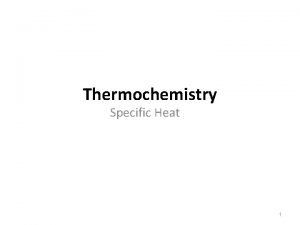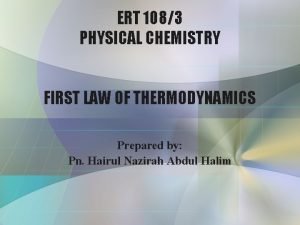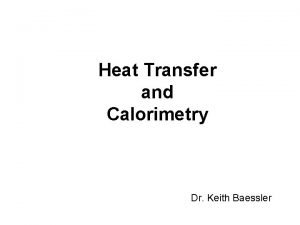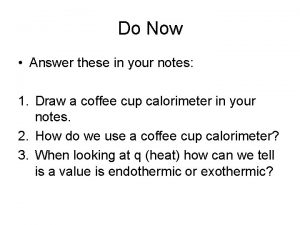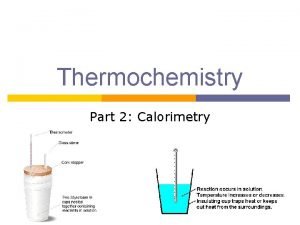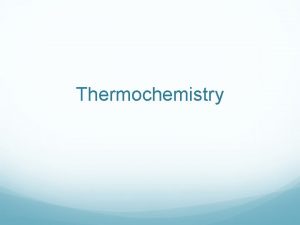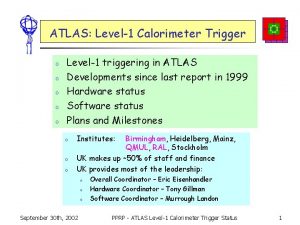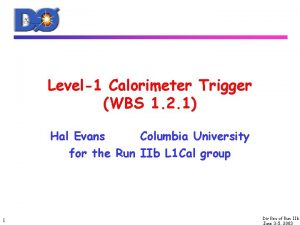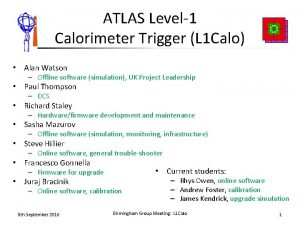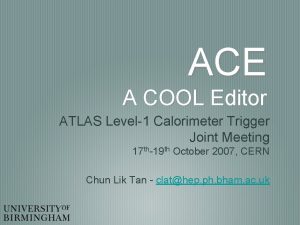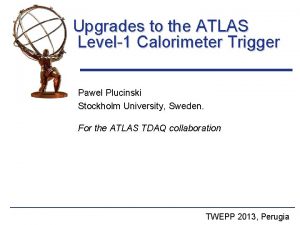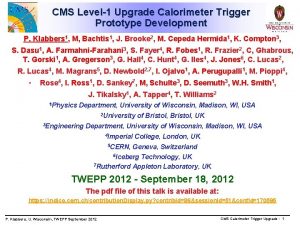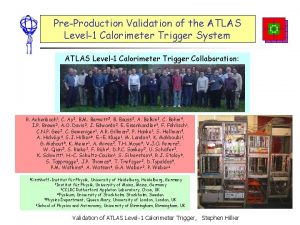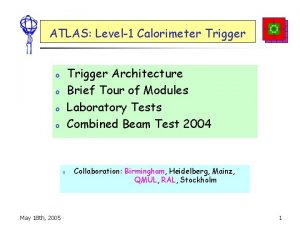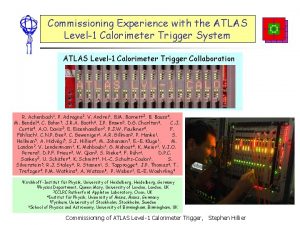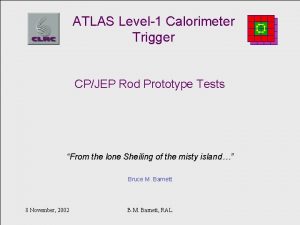Level1 Calorimeter Trigger Timing Issues 5 th July












- Slides: 12

Level-1 Calorimeter Trigger Timing Issues 5 th July, 2007 o Architecture o Detector-Like aspects o Trigger-Like aspects o Summary Level-1 Calorimeter Trigger Timing 1

Architecture Reminder L 1 Calo Latency (determines ATLAS latency? ) Digitized Energies Analogue Calorimeter signals (>7000) Preprocessor 124 modules Real-time Data Path Readout Data Cluster Processor 56 modules Merging 8 modules Jet/Energy Processor 32 modules Merging 4 modules Readout Driver (ROD) 14 modules Merged Results To CTP Region of Interest ROD 6 modules Region of Interest Data 5 th July, 2007 Level-1 Calorimeter Trigger Timing 2

General Comments o Many aspects similar to detectors: o Readout buffers o o Relatively large data size (multiple RODs) TTC system ‘client’ Some aspects different o Provide CTP input o o o Requires pipeline synchronization Many different buffers at different processing points Timing of calorimeter inputs varies: o 5 th July, 2007 Require timing, BCNum synchronization etc Beam, cosmics, calibration Level-1 Calorimeter Trigger Timing 3

Treatment of Timing Signals o Use standard TTCvi to TTCrx distribution o o L 1 A, BCR, ECR Treatment of BCR and L 1 A varies by module type o Processor modules count BCNum independently of TTCrx o o ROD uses TTCrx internal counter o o o 5 th July, 2007 Requires ORBIT signal to come before first bunch Tuned via single parameter in TTCvi BGo 0 setup Check is made for consistency in ROD o o Stable fudge factor to correct to real value and internally in some modules BCNumber reported in 0 -3563 range Level-1 Calorimeter Trigger Timing 4

Generic Readout Buffers o Buffers at least 128 deep o o o Read pointer adjustable to any depth wrt write pointer o Data corresponding to L 1 A Usually 1 -5 timeslices Up to 128 for input FADC data NB large depth probably unnecessary for L 1 Calo! o o o Read Pointer Readout window adjustable o o ie 3. 2 µs But useful for diagnostics VME readable for non-ROD diagnostics Pointer settings vary by module o o o Individual settings per module (>1) Different at different processing stages But broadly similar per module/buffer type 5 th July, 2007 Write Pointer Level-1 Calorimeter Trigger Timing 5

Readout Capabilities o ROD (and other modules) tested to full specification o o o More than 100 k. Hz instantaneous rate L 1 As separated by down to 5 ticks No restrictions beyond current CTP dead-time algorithms No other special requirements (ECRs, long gap etc) Bandwidth limitation with large number of slices o eg at 100 k. Hz o CPM cannot run with 5 slices FADC slices limited to 8 or 9 o More than 5 slices requires extra CTP deadtime after L 1 A o o o Wide readout foreseen only for timing in and initial running ECR mechanism implemented and tested stand-alone o o ROD is the only module that is ECR and L 1 ID aware Parasitically used to clear out bad events o 5 th July, 2007 Assumes 1 ms ECR isolation from L 1 A, as advertised Level-1 Calorimeter Trigger Timing 6

Event Counting o Nothing currently implemented beyond L 1 ID o o Rely on BCNum to spot missing events o o o And that’s only performed in ROD BCNum Formed in every module Internal problems flagged Subsystem-wide problem needs flagging downstream Testbeam experience showed BCNum comparison useful Could conceivably add event counting/timing event support o o Almost everywhere But requires firmware development and testing o o 5 th July, 2007 We’re a bit busy right now! Significant development if implemented in modules other than ROD Level-1 Calorimeter Trigger Timing 7

Timing in: Readout and Trigger o Two completely different processes o Timing in readout o o Getting the right readout pointers Multiples of 25 ns BC interval In principle relatively easy, but dependant upon first: Timing in trigger o o Far more difficult Each of 7000+ input channels requires individual timing o o o Input latency depends on cable lengths, detector position etc o o o 5 th July, 2007 At sub-25 ns level to optimize resolution At 25 ns level to synchronize trigger input to algorithms Varies by eg ~30 m cable length Probably up to 10 BC intervals Dependant on type of data (beam, cosmics etc) Level-1 Calorimeter Trigger Timing 8

Timing for different run types o Beam collisions o o Hope to have approximate timings before first beam Will require adjustments for best timing Widely spaced bunches will aid initial calibration Calibration runs o o Very useful for initial energy calibration At least indicative of true timing o o Cosmic runs o o 5 th July, 2007 Possible to calculate beam vs calibration residuals? Obtain initial timing from calorimeter calibration runs Timing again only indicative of beam timings o Muon trajectories cf beam collisions introduce 1 -2 BC shifts o But Tile. Cal laser pulser runs look interesting o Depends on calorimeter policy Signal size and rate makes individual tower calibration difficult L 1 A timing policy for cosmics: correct for muon paths? Level-1 Calorimeter Trigger Timing 9

Recursive Timing Problem: o 1) 2) 3) Approximately synchronize all triggers to latest input Set up readout pointers for all of ATLAS Discover a late L 1 Calo trigger tower 4) Go back to step 1). Remember L 1 Calo determines ATLAS latency o If this happens too often, L 1 Calo be very unpopular! o Solution: o Try to set up timing as soon as possible with final latency o o Establish ‘final’ ORBIT timing too (ORBIT in relation to BCNumber) Next Problem: We don’t know our latency o o 5 th July, 2007 ie delay all current inputs to expected latest trigger input timing Include safety margin (if there is room) Must measure it soon Ideally use L 1 Calo trigger and establish timing in M 4 Level-1 Calorimeter Trigger Timing 10

LHC Clock Phase Drift o We don’t like it o Phase drift of 3 ns from nominal is unpleasant for us o o o Must be worse for more precise detectors Loss of resolution Possible loss of small signals o More than 3 ns may require recalibration o Clock drift should be carefully monitored o Isn’t there a better way than a long fibre? 5 th July, 2007 Level-1 Calorimeter Trigger Timing 11

Summary o As a detector, we’re quite conventional o o o And reasonably well prepared No special requirements Ready for BCNum, ECR etc o As a trigger, we have much work to do o First goals: o Establish approximate timings using: o o 5 th July, 2007 Detector calibration systems Cosmic runs Time trigger output in CTP and measure latency Read out triggered cosmics in our data and calorimeters Level-1 Calorimeter Trigger Timing 12
 Coffee cup calorimeter vs bomb calorimeter
Coffee cup calorimeter vs bomb calorimeter Coffee cup calorimeter formula
Coffee cup calorimeter formula Coffee cup calorimeter vs bomb calorimeter
Coffee cup calorimeter vs bomb calorimeter Accelerating rate calorimeter
Accelerating rate calorimeter Calorimetry equation
Calorimetry equation Combustion reaction
Combustion reaction Specific heat equation units
Specific heat equation units Bomb calorimeter
Bomb calorimeter Bomb calorimeter uses
Bomb calorimeter uses Keith baessler
Keith baessler Thermochemistry notes
Thermochemistry notes Calorimetry questions
Calorimetry questions Identify what a bomb calorimeter measures
Identify what a bomb calorimeter measures


